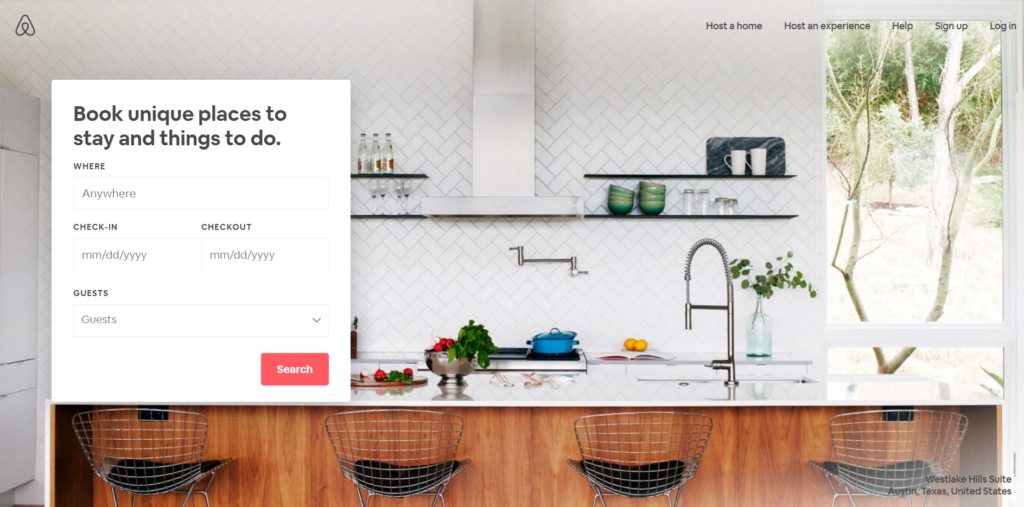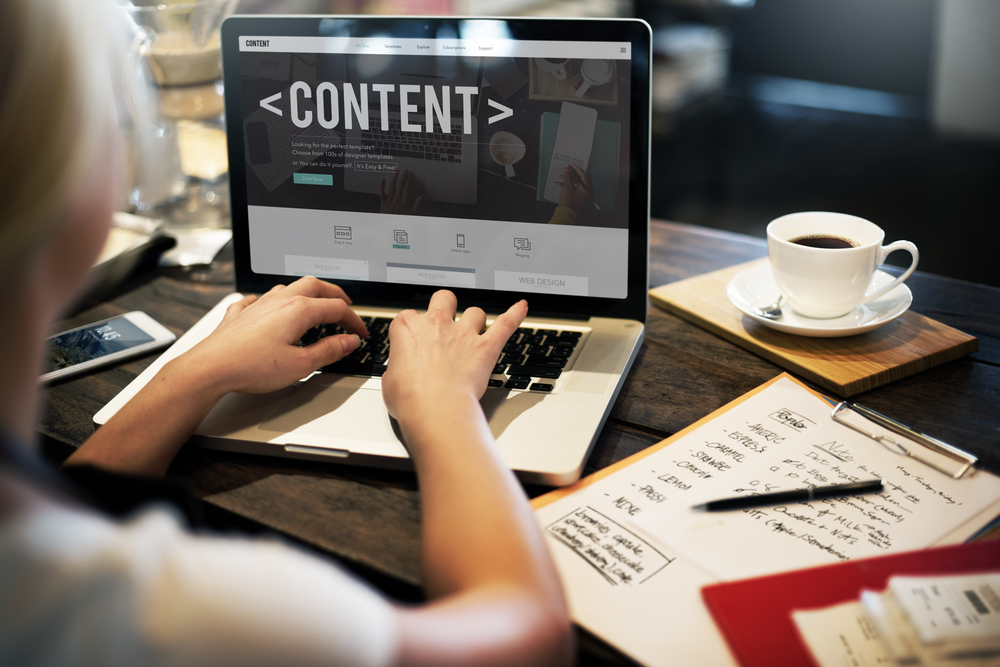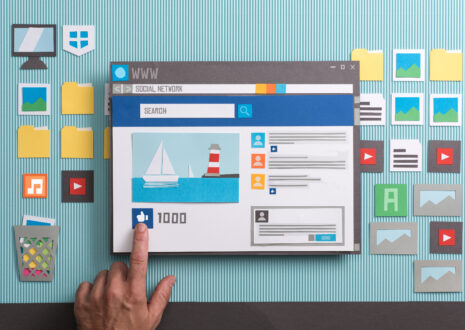Whether it’s an email, an ad, or a blog post, your headline copy must be creative, catchy, and converting. After all, the heading to your text holds a lot of power. The average person sees over 1,300 headlines a day and they ignore 99.7% of them.
Most people often use headlines to evaluate content, especially the homepage of a website since it determines your first impression. If the headline is not attractive, your audience is more likely to exit before continuing to other pages.
So what exactly is a headline and how to create captivating headlines? All can be found in this article. You will also have access to the 3 key formulas that create headlines that actually sell.
What is a headline?
Your headline copy is the title you give to your written content, often conveying what the entire piece of content is about. This can be the heading of a webpage, an article, or any piece of copywriting.
Your headline is the first thing a reader sees not only because it’s the first line, at the top of the page, but also because it’s often in a bigger, bold font.
Every time your headlines show up is an opportunity to make a first impression with new readers who have never heard of you, by capturing their attention, keeping them interested, and persuading them to click and visit your website.
Then it’s completely up to other parts of your website, such as detailed product description to convert them into customers. Of course, that’s another story.
So if your website or article has a high bounce rate and low engagement, it could be likely that your headlines do not generate enough interest and hence don’t encourage action.
What if we tell you that you only need to make some small tweaks to your current headlines to retain visitors? Let’s get right into the first formula.
Formula 1: State what it is
What’s something that your audience wants to learn from you?
Customers are always busy and they don’t have much time. If your headlines are boring and long, you will be ignored and quickly forgotten. Headlines need to make an impact and do it fast. So avoid specialized terms, complicated words, confusing metaphorical meanings.
Keep your headlines simple, and simply state what you do and how it can help your customers solve their problems. Make an impactful promise that keeps customers interested and want to learn more – making them want to move on to the next step.
Here are some good headline examples:
AirBnB: “Book unique places to stay and things to do.”

Rocket Mortgage: “A simpler way to buy a home or refinance.”

Bear Mattress: “Mattresses Designed to Improve Your Sleep”

Formula 2: State what people will get
Most people are not looking for improvisation. They look for specific information, an answer to a question, a solution to a problem. That means they’re going through a bunch of headlines to choose the one that best suits what they’re looking for.
The ability to imagine the reader’s point of view is key to successful headline writing. Empathy is the biggest marketing skill.
Let’s say your audience doesn’t care. Write a headline that highlights all the values customers will get access to once they choose to work with you.
A headline’s traction/traction comes from its promise. This formula is value-oriented, and it states the benefits your customers will receive when they sign up for your services.
Otterbox: “Less laboring. More outdoorsing.”

LendingPoint: “Get the Credit You Deserve”

Formula 3: Include CTAs
CTAs are the single most important element of marketing’s conversion funnel. When used correctly, it can dramatically increase conversions and sales. This is due to the fact that CTAs must be specific in order to draw a positive response. This is an important factor that should accompany every homepage headline in order to encourage further actions.
The most powerful calls-to-action leverage both logic and emotion to drive conversion. CTA’s might be short phrases or an image with a link to the desired action, like “Get Started” or “Claim your Free Trial.”
Below are a few examples of the types of CTAs you might use in marketing:
- Sign up.
- Learn more.
- Join us.
- Subscribe.
Ideally, the CTA that accompanies the homepage headline should be a nudge to your audience to take action to get their needs met. It’s like saying your job is to help solve their problems and everything they need is only one click away.
Beyond just a headline
The above are the secrets of writing compelling headlines that any content writer should grasp to reach more readers, but these are only a small part of creating credibility/trust.
A good headline alone isn’t enough—it needs help. That’s why you should always use headlines as a part of a larger SEO web design.
Remember: People scan; they don’t read. The tips we just listed will help your homepage become scan-friendly and enables you to quickly deliver your main message to visitors.
If you are considering starting a design or redesign project, but you feel overwhelmed with what has to be done, or you are looking to improve your website homepage to increase conversion, Advesa can help.
We leverage many decades of industry experience to help you obtain great returns on your online investment.




